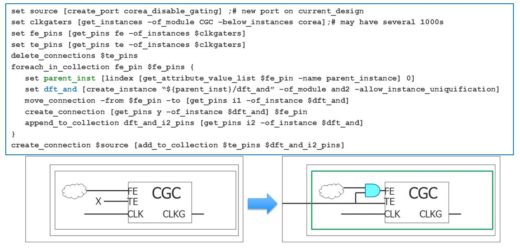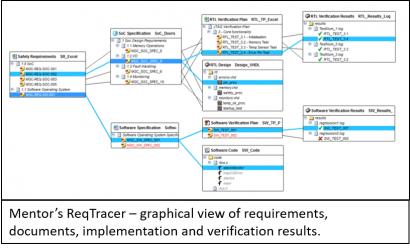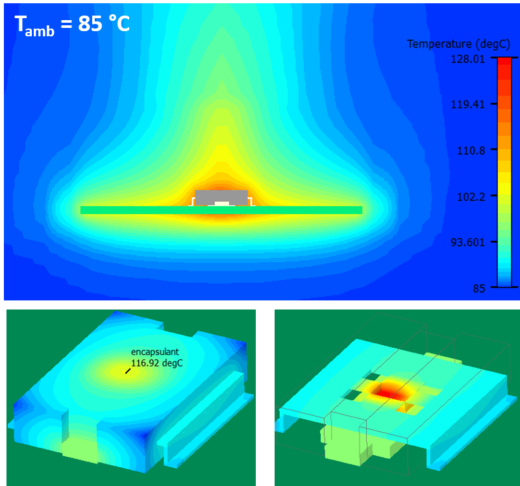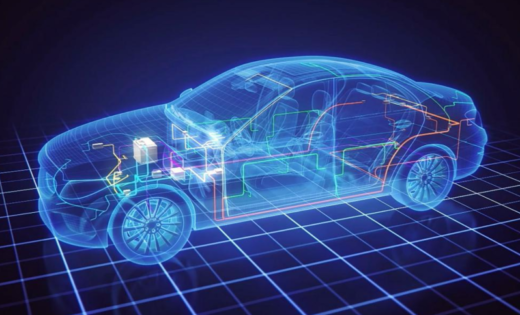Article Roundup: DFT Design Scaling, IoT Project Planning, RTOS Memory, PCB Thermal Design & Autonomous Drive
- Smarter DFT Infrastructure and Automation Emerge As Keys To Managing DFT Design Scaling
- IoT Project Planning – Profiting from the Folly of Others
- RTOS memory footprint
- Streamlining Thermal Design of PCBs
- Developing for autonomous driving is hard – really hard
Smarter DFT Infrastructure and Automation Emerge As Keys To Managing DFT Design Scaling
SemiEngineering
 DFT for large, complex SoCs means more steps to DFT integration, increasing the chances for errors. This article explains how hierarchical plug-and-play approaches, automation, and customization for design-specific tasks are key to ensuring the success of large and complex designs.
DFT for large, complex SoCs means more steps to DFT integration, increasing the chances for errors. This article explains how hierarchical plug-and-play approaches, automation, and customization for design-specific tasks are key to ensuring the success of large and complex designs.
IoT Project Planning – Profiting from the Folly of Others
SemiWiki
 When beginning to plan for a new IoT edge project, it is important to learn from others’ mistakes. Clarifying the purpose of planning, establishing a test plan, and creating infrastructure and automation are all key steps that are often given too little attention, or left until too late in the project. This article discusses other common IoT planning problems, and how teams can avoid them in the future.
When beginning to plan for a new IoT edge project, it is important to learn from others’ mistakes. Clarifying the purpose of planning, establishing a test plan, and creating infrastructure and automation are all key steps that are often given too little attention, or left until too late in the project. This article discusses other common IoT planning problems, and how teams can avoid them in the future.
RTOS memory footprint
EDA Cafe
The memory use of an RTOS is difficult to characterize because it is dependent on several variables. The type of memory being considered, the size of the code being run, compiler optimization, and other factors influence the memory requirements for an RTOS. This article examines each of these variables and how they impact RTOS memory usage.
Streamlining Thermal Design of PCBs
I Connect 007
 PCB thermal issues are often locked in at the point of selecting and laying out the chip package for the board. This article describes a design flow in which thermal analysis begins earlier with consistent collaboration and feedback between electrical and mechanical engineers to streamline the thermal design process.
PCB thermal issues are often locked in at the point of selecting and laying out the chip package for the board. This article describes a design flow in which thermal analysis begins earlier with consistent collaboration and feedback between electrical and mechanical engineers to streamline the thermal design process.
Developing for autonomous driving is hard – really hard
Embedded Computing Design
 Level 4 and 5 autonomous drive will generate incomprehensible amounts of data from dozens of sensors. This data needs to be analyzed by the car’s centralized computer, with relevant information sent to the cloud. Autonomous carmakers are faced with the challenge of how to record, distribute, and interpret that data for real-time decision-making.
Level 4 and 5 autonomous drive will generate incomprehensible amounts of data from dozens of sensors. This data needs to be analyzed by the car’s centralized computer, with relevant information sent to the cloud. Autonomous carmakers are faced with the challenge of how to record, distribute, and interpret that data for real-time decision-making.